Home>diy>Building & Construction>What Is The Primary Benefit To Construction Using Ferroconcrete
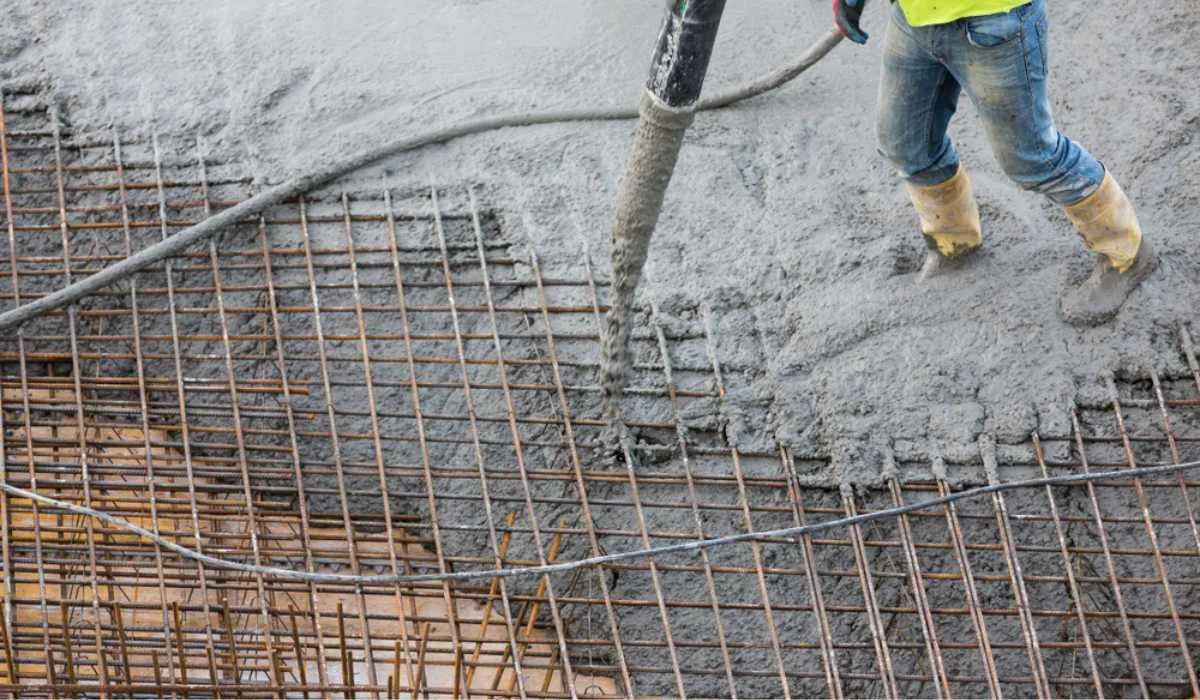

Building & Construction
What Is The Primary Benefit To Construction Using Ferroconcrete
Modified: December 7, 2023
The primary benefit of using ferroconcrete in building construction is its exceptional strength and durability, resulting in long-lasting structures.
(Many of the links in this article redirect to a specific reviewed product. Your purchase of these products through affiliate links helps to generate commission for Storables.com, at no extra cost. Learn more)
Introduction
When it comes to construction materials, one of the most versatile and widely used is ferroconcrete. This unique combination of reinforced concrete has revolutionized the construction industry, offering numerous benefits and advantages over traditional construction materials.
In this article, we will explore the primary benefit of using ferroconcrete in construction and how it has transformed the way we build structures. From its definition and historical significance to its practical applications, ferroconcrete has become an indispensable component in modern construction projects.
So, whether you are a construction professional or simply interested in the science behind building materials, let’s delve into the world of ferroconcrete and discover why it is the go-to choice for construction projects around the globe.
Key Takeaways:
- Ferroconcrete’s primary benefit lies in its exceptional strength, durability, and fire resistance, making it ideal for constructing structures that can withstand heavy loads, extreme weather, and high temperatures.
- The versatility, longevity, and cost-effectiveness of ferroconcrete make it a go-to choice for construction projects, allowing for unique and aesthetically pleasing structures while minimizing maintenance and long-term costs.
Read more: What Is The Primary Material Used For Structural Support In The Construction Of Large Buildings?
Definition of Ferroconcrete
Ferroconcrete, commonly known as reinforced concrete, is a composite material that combines the strength of concrete with the added reinforcement of steel bars or mesh. This combination creates a stronger and more resilient material that is capable of withstanding heavy loads and structural forces.
The process of creating ferroconcrete involves pouring a mixture of cement, gravel, sand, and water into a mold or formwork, while strategically placing steel reinforcement within the formwork. As the concrete cures, the steel reinforcement becomes embedded within the solidified mixture, forming a robust composite material. The steel reinforcement acts as a skeletal framework, providing tensile strength and preventing cracking or failure under stress.
Unlike plain concrete, which is strong in compression but weak in tension, ferroconcrete capitalizes on the high compressive strength of concrete and the excellent tensile strength of steel. This combination results in a material capable of withstanding bending, tension, and compression, making it ideal for a wide range of construction applications.
Ferroconcrete can be used in various structural elements such as columns, beams, slabs, walls, and foundations. From residential buildings to bridges, dams, and high-rise structures, ferroconcrete offers versatility and durability unmatched by many other construction materials.
Overall, the definition of ferroconcrete encompasses a composite material that embraces both the malleability and strength of steel and the versatility and longevity of concrete. This powerful combination has transformed the construction industry and allowed for the creation of structurally sound and visually appealing buildings and infrastructure.
History of Ferroconcrete in Construction
The history of ferroconcrete dates back to the 19th century when several pioneers and engineers began experimenting with concrete reinforced with iron or steel. One of the earliest recorded instances of using reinforced concrete was by Joseph Monier, a French gardener, who patented a design for reinforced flowerpots in 1867.
However, it wasn’t until the late 19th and early 20th centuries that ferroconcrete gained significant attention in the construction industry. Engineers and architects realized the immense potential of this innovative material and started incorporating it into larger-scale projects.
One prominent figure in the development of ferroconcrete was François Hennebique, a French engineer who is often credited as the father of reinforced concrete. In the late 1800s, Hennebique developed a system for reinforcing concrete using a network of interconnected steel bars. His system revolutionized the construction industry and set the foundation for the widespread use of ferroconcrete in the years to come.
The popularity of ferroconcrete continued to grow, particularly during the early 20th century. Notable structures such as the Villa Savoye in France by Le Corbusier and the Dom-ino House concept by Le Corbusier also contributed to the recognition and acceptance of ferroconcrete as a viable construction material.
Throughout the 20th century, advancements in technology and construction techniques further improved the use of ferroconcrete. Reinforced concrete became the material of choice for architects and engineers due to its durability, versatility, and cost-effectiveness.
Today, ferroconcrete is used in a wide range of construction projects, from residential buildings and commercial structures to infrastructure projects like bridges and tunnels. Its history as a reliable and innovative material has paved the way for modern construction practices, and it continues to be a fundamental element in the world of construction.
Ferroconcrete, also known as reinforced concrete, offers the primary benefit of combining the strength and durability of concrete with the tensile strength of steel, making it an ideal material for construction of buildings, bridges, and other structures.
Primary Benefit of Using Ferroconcrete in Construction
One of the primary benefits of using ferroconcrete in construction is its exceptional strength and durability. The combination of concrete and steel reinforcement creates a material that is capable of withstanding heavy loads, extreme weather conditions, and structural forces.
The inherent strength of ferroconcrete allows for the construction of structures with greater spans and heights. It enables the creation of open and flexible floor plans, reducing the need for interior columns and maximizing usable space. Additionally, the use of ferroconcrete in high-rise buildings provides structural stability and resistance to earthquakes or other natural disasters.
Another significant advantage of ferroconcrete is its resistance to fire. While concrete alone has good fire-resistant properties, the inclusion of steel reinforcement further enhances its ability to withstand high temperatures. This makes ferroconcrete an ideal material for fireproofing structures and ensuring the safety of occupants.
Furthermore, ferroconcrete is known for its longevity and low maintenance requirements. It is highly resistant to corrosion, which can be a major issue with other materials such as wood or plain steel. The combination of concrete’s alkaline properties and the protective oxide layer that forms on the steel reinforcement prevents rusting and extends the lifespan of structures.
Cost-effectiveness is yet another advantage of ferroconcrete. While the initial construction cost of using ferroconcrete may be slightly higher compared to other materials, the long-term savings are significant. The durability and low maintenance requirements of ferroconcrete result in reduced repair and replacement costs over the lifetime of the structure.
Additionally, ferroconcrete offers design flexibility, allowing architects and engineers to create unique and aesthetically pleasing structures. The versatility of the material enables the construction of curved or complex shapes, offering design possibilities that are not easily achievable with other materials.
Overall, the primary benefit of using ferroconcrete in construction lies in its strength, durability, fire resistance, longevity, low maintenance requirements, cost-effectiveness, and design flexibility. It has revolutionized the way we build structures, providing a reliable and efficient solution for a wide range of construction projects.
Conclusion
Ferroconcrete, with its unique combination of reinforced concrete and steel, has played a pivotal role in shaping modern construction practices. From its humble beginnings in the 19th century to its widespread usage in the 21st century, ferroconcrete has proven to be a versatile, durable, and cost-effective material that offers numerous benefits.
The primary benefit of using ferroconcrete in construction lies in its exceptional strength and durability. It enables the construction of structures that can withstand heavy loads, extreme weather conditions, and structural forces. The addition of steel reinforcement enhances the material’s tensile strength and allows for the creation of structures with greater spans and heights.
Another advantage of ferroconcrete is its resistance to fire. The inclusion of steel reinforcement enhances its ability to withstand high temperatures, making it a reliable choice for fireproofing structures. It also boasts a long lifespan and low maintenance requirements, thanks to its resistance to corrosion and the protective oxide layer that forms on the steel reinforcement.
Cost-effectiveness is a significant benefit of ferroconcrete in construction. While the initial construction cost may be slightly higher, the long-term savings in terms of reduced repair and replacement costs make it a worthwhile investment. Moreover, the versatility of ferroconcrete allows architects and engineers to create unique and aesthetically pleasing structures, adding to its appeal.
Throughout its history, ferroconcrete has revolutionized the construction industry and transformed the way we build structures. Its strength, durability, fire resistance, longevity, low maintenance requirements, cost-effectiveness, and design flexibility have made it the go-to choice for construction projects worldwide.
In conclusion, ferroconcrete is a remarkable material that offers numerous benefits in construction. Its ability to combine the strength of concrete with the reinforcement of steel has made it an indispensable component in modern construction projects. As construction practices continue to evolve, ferroconcrete will undoubtedly remain a vital part of the industry, contributing to the creation of robust, visually appealing, and sustainable structures.
Frequently Asked Questions about What Is The Primary Benefit To Construction Using Ferroconcrete
Was this page helpful?
At Storables.com, we guarantee accurate and reliable information. Our content, validated by Expert Board Contributors, is crafted following stringent Editorial Policies. We're committed to providing you with well-researched, expert-backed insights for all your informational needs.
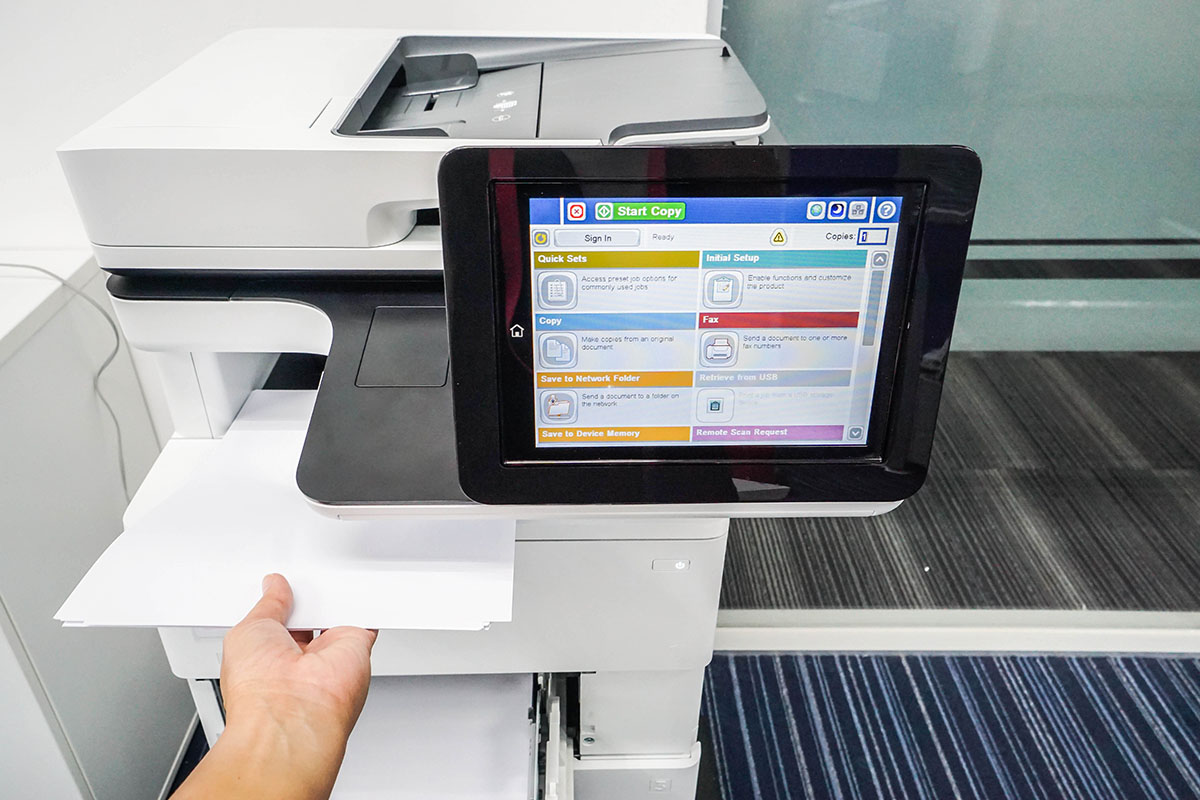

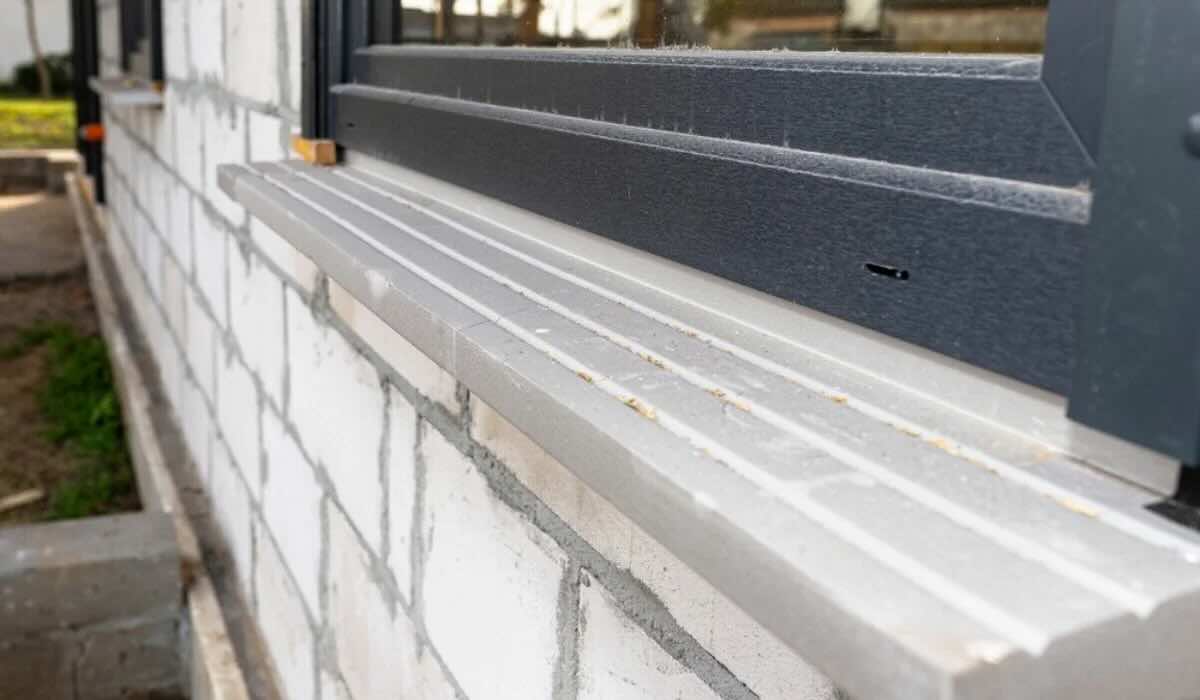
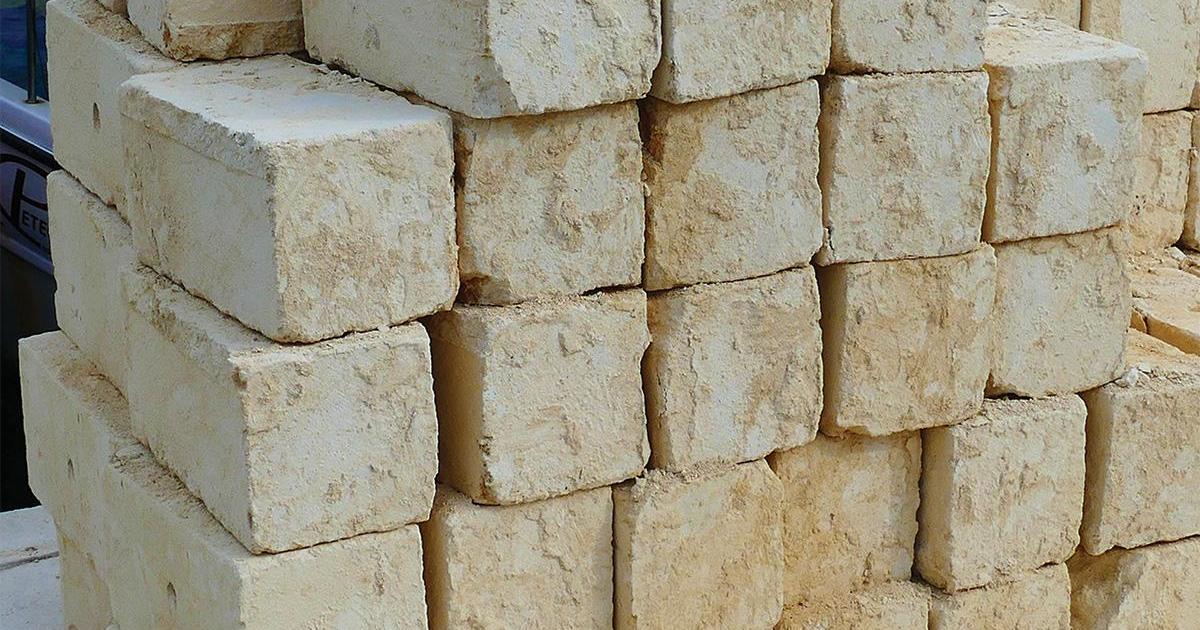



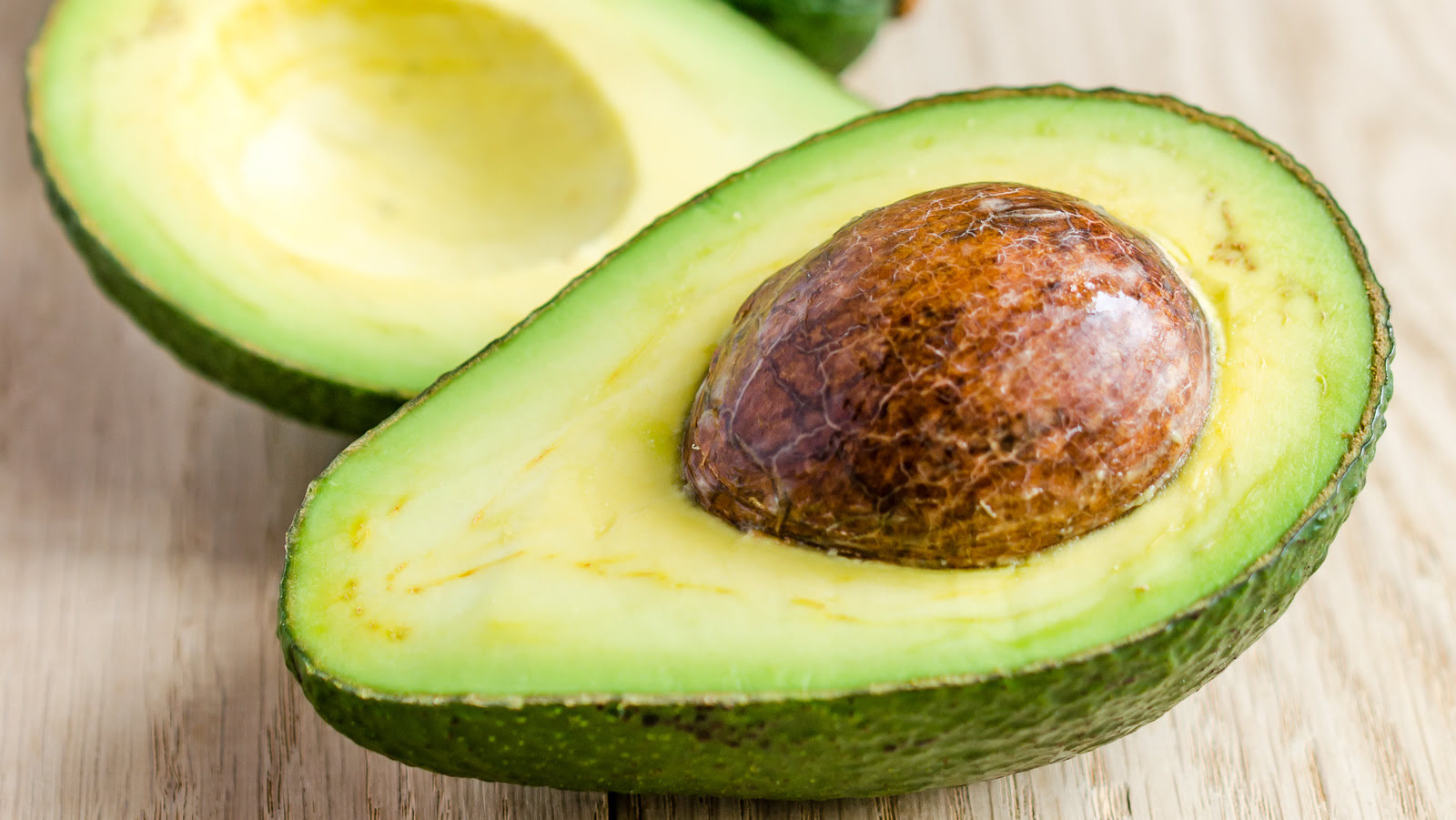


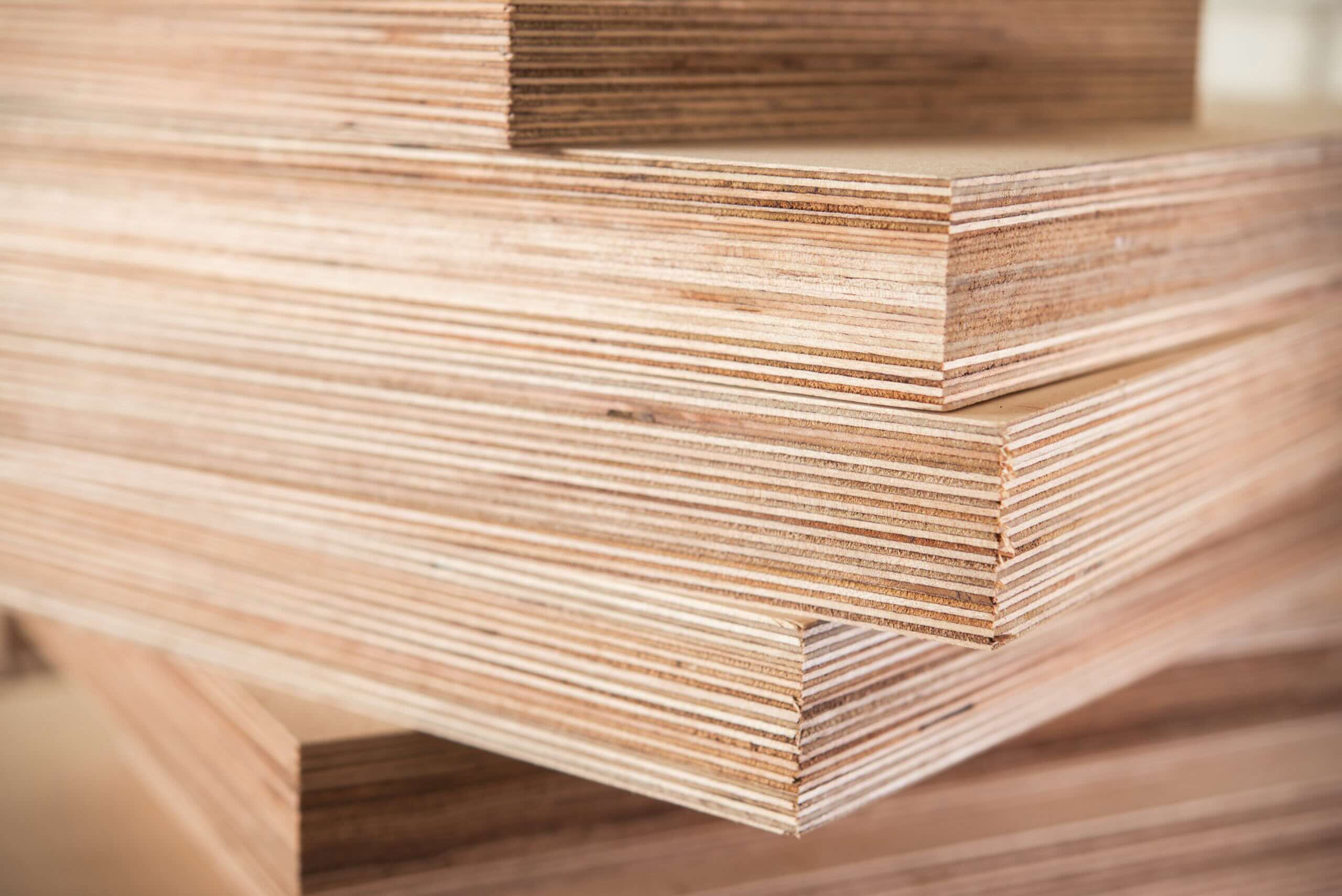
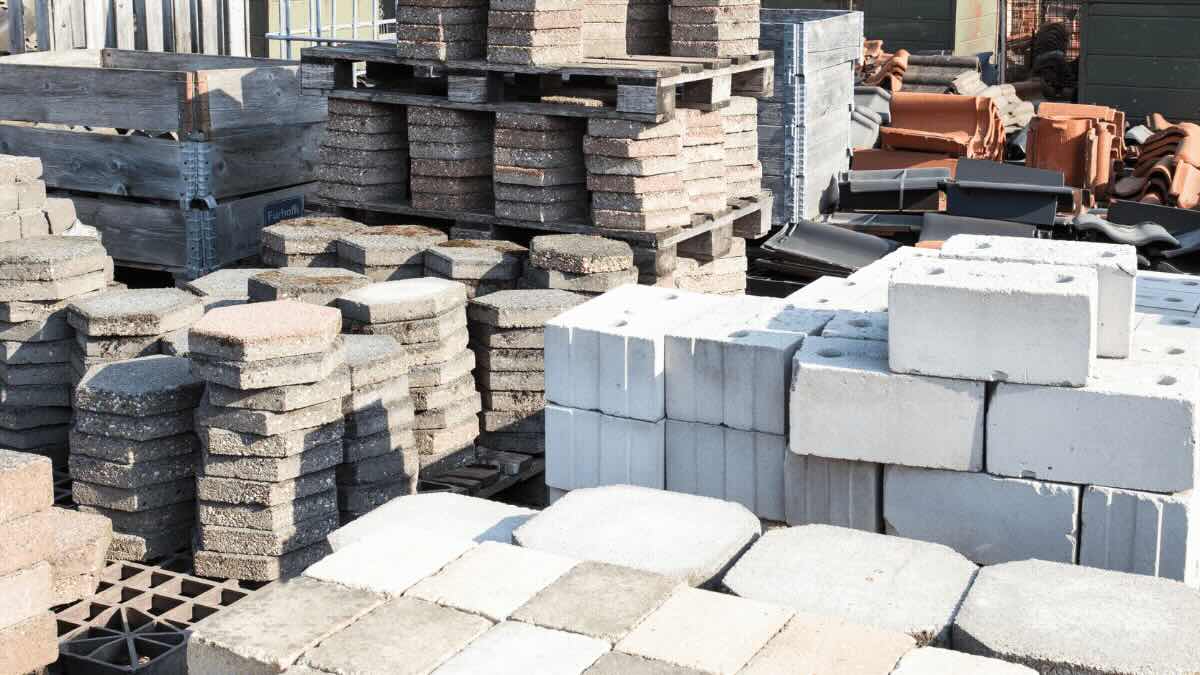
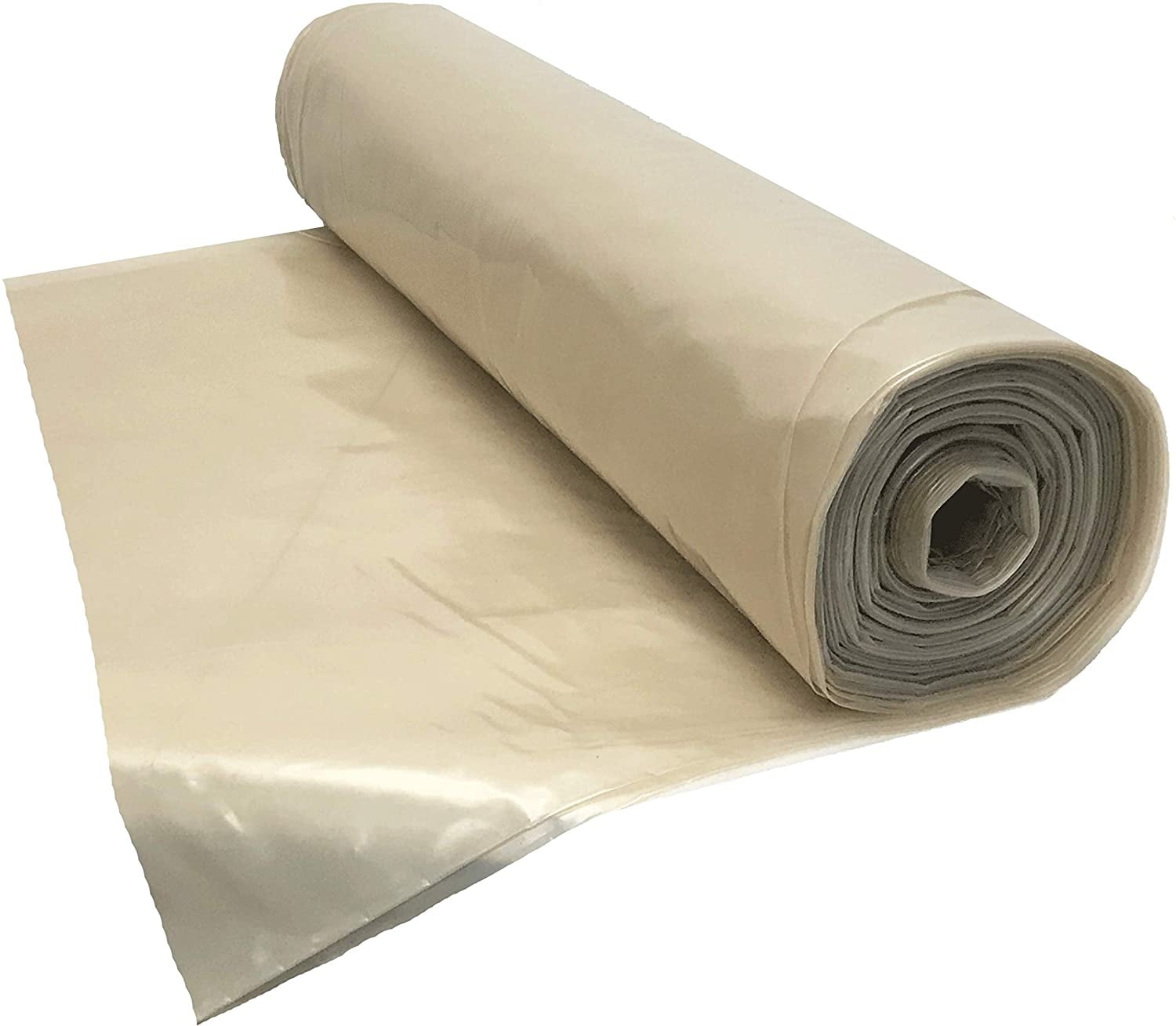
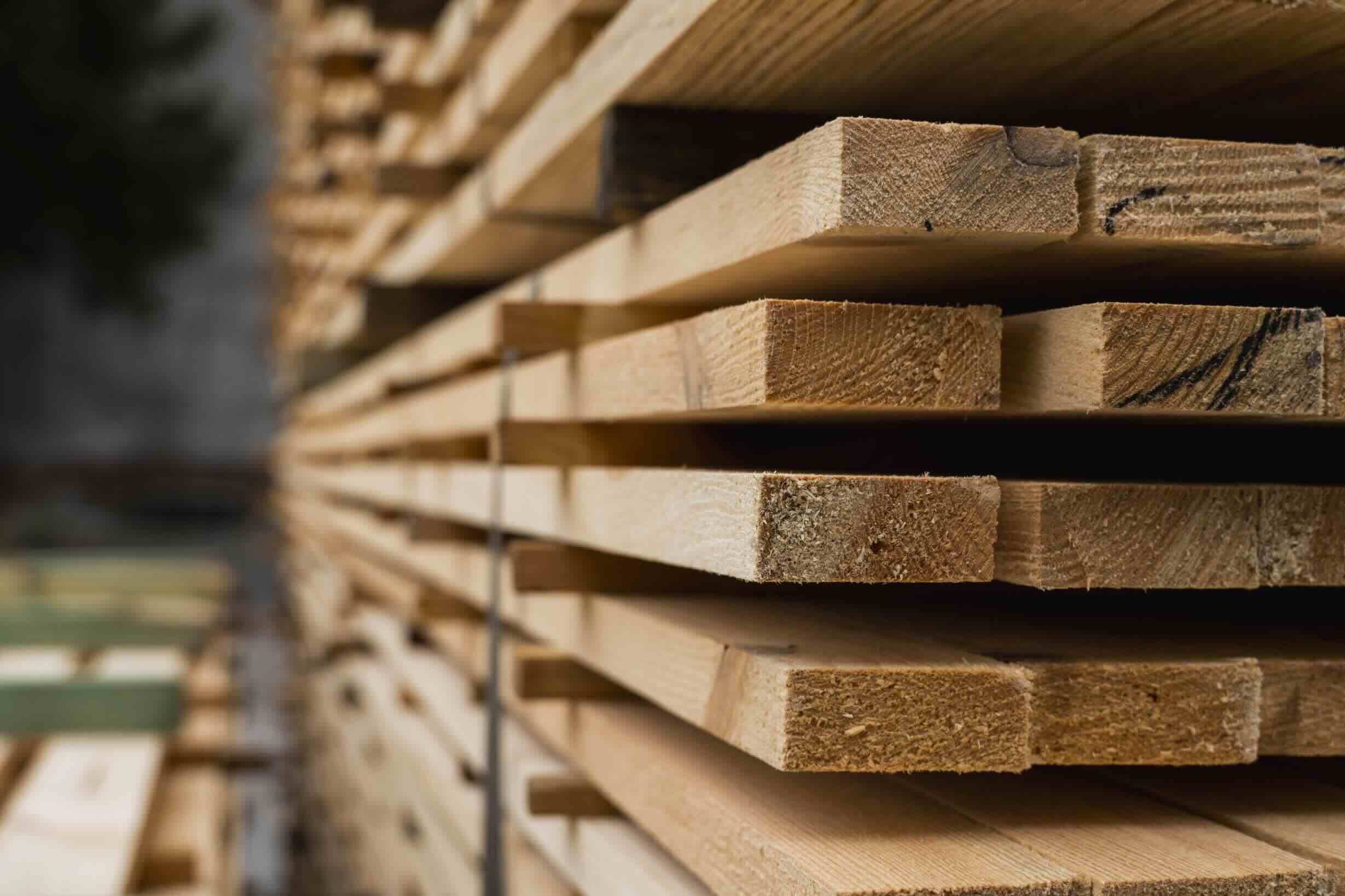
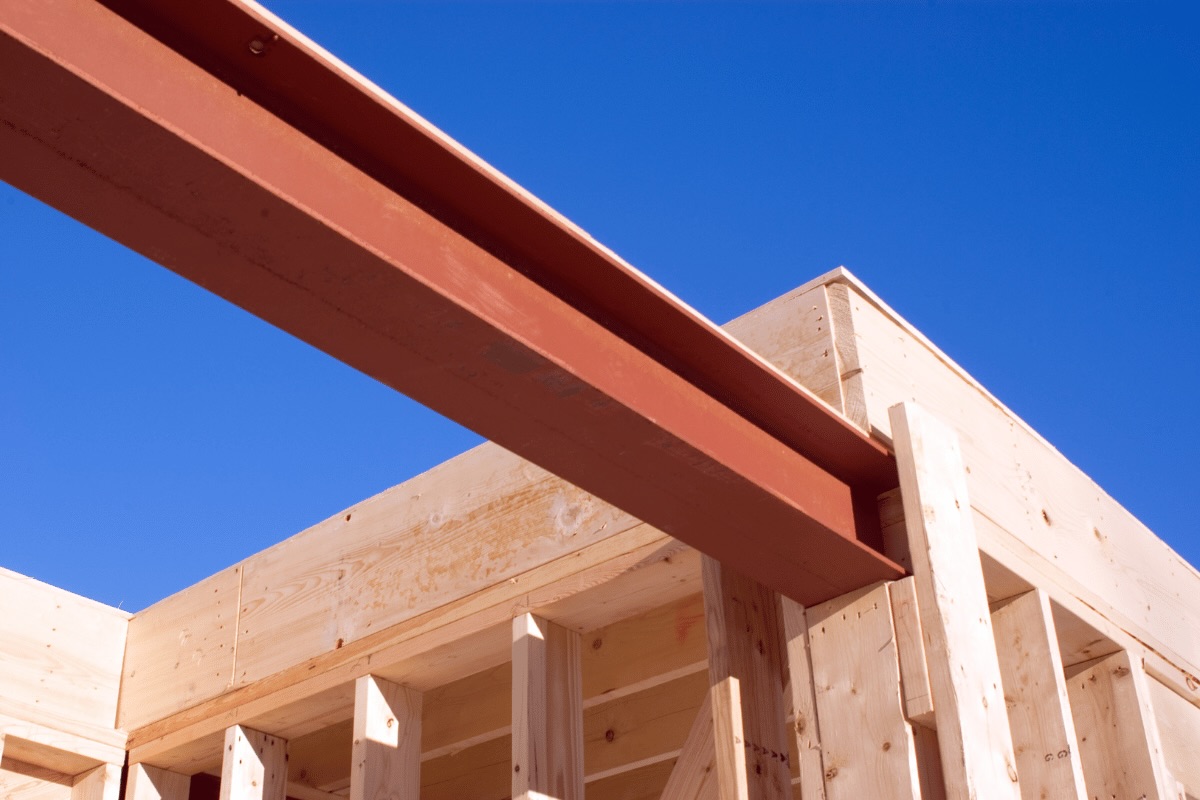

0 thoughts on “What Is The Primary Benefit To Construction Using Ferroconcrete”